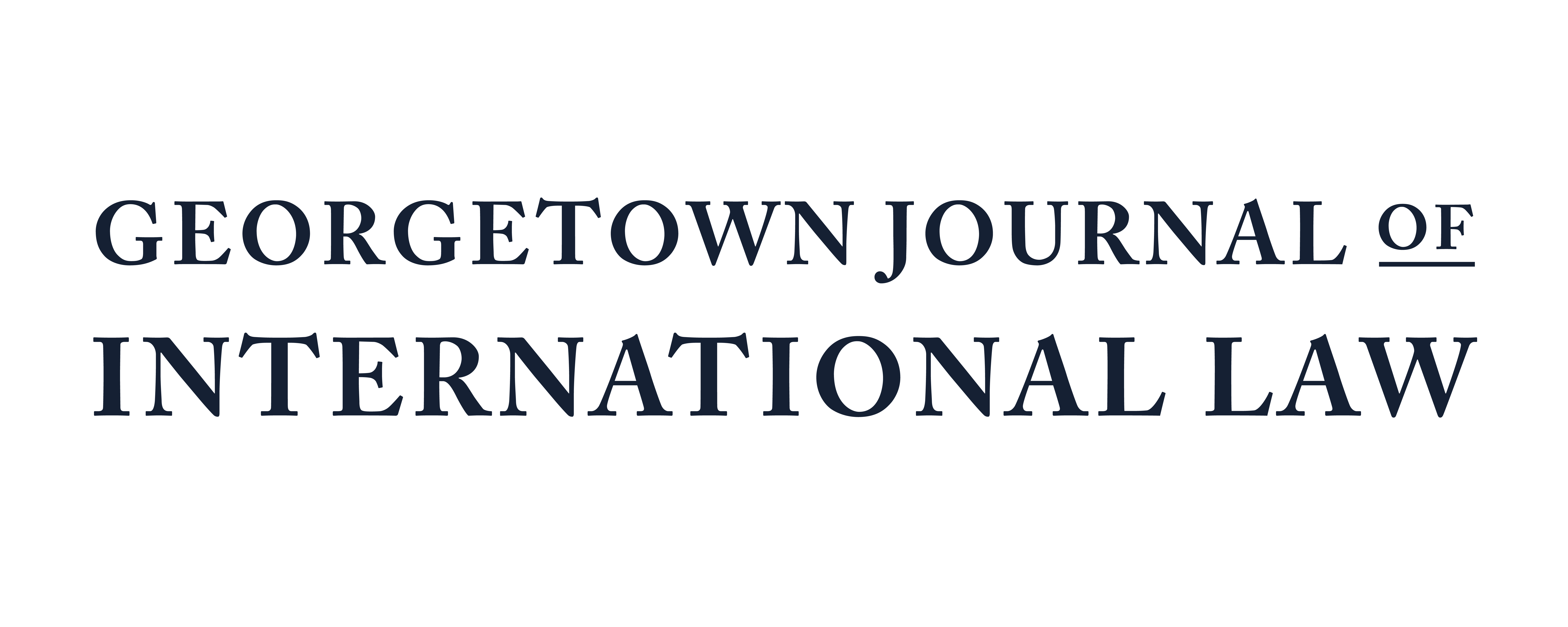Consortium for the Study and Analysis of International Law Scholarship (SAILS)
The Georgetown Journal of International Law has had the opportunity to collaborate with the Yale Journal of International Law and the Virginia Journal of International Law in the joint publication of nine essays as part of the Consortium for the Study and Analysis of International Law Scholarship (SAILS). SAILS is an effort by a committed group of international law scholar-practitioners to cultivate sustained attention to scholarship and its interaction with practice by investigating the relationship among theory, research, and practice to address international law’s twenty-first-century challenges.
As part of this inaugural SAILS project, each journal has published three essays within their individual issues, which can be found on their respective websites linked below. The nine published essays include:
- Bianca Anderson & Kathleen Claussen, International Law Publishing Trends: What Journals Print
- Elena Chachko, International Law and Political Science: A Retelling
- Kathleen Claussen, The World of International & Comparative Law Journals
- Harlan Grant Cohen, A Short History of the Early History of American Student-Edited International Law Journals
- Jorge Contesse, International Law Scholarship in Latin America
- Oona Hathaway & John Bowers, International Legal Scholarship: An Empirical Study
- Daniel Peat & Cecily Rose, The Changing Landscape of International Law Scholarship: Do Funding Bodies Influence What We Research?
- Niccolò Ridi & Thomas Schultz, Tracing the Footprints of International Law Ideas: A Scientometric Analysis
- Pierre-Hugues Verdier, Comparative International Law and the Rise of Regional Journals
All nine essays and further information about SAILS can be found at the SAILS website and on Twitter/X @SAILS_Intl_Law. A discussion of the SAILS project and the nine essays will take place at the American Society of International Law Annual Meeting in Washington, DC on April 5th. The panel is entitled “SAILS Symposium Launch on International Law Scholarship: What We Write, Where We Publish, and Why It Matters to the Field.”

